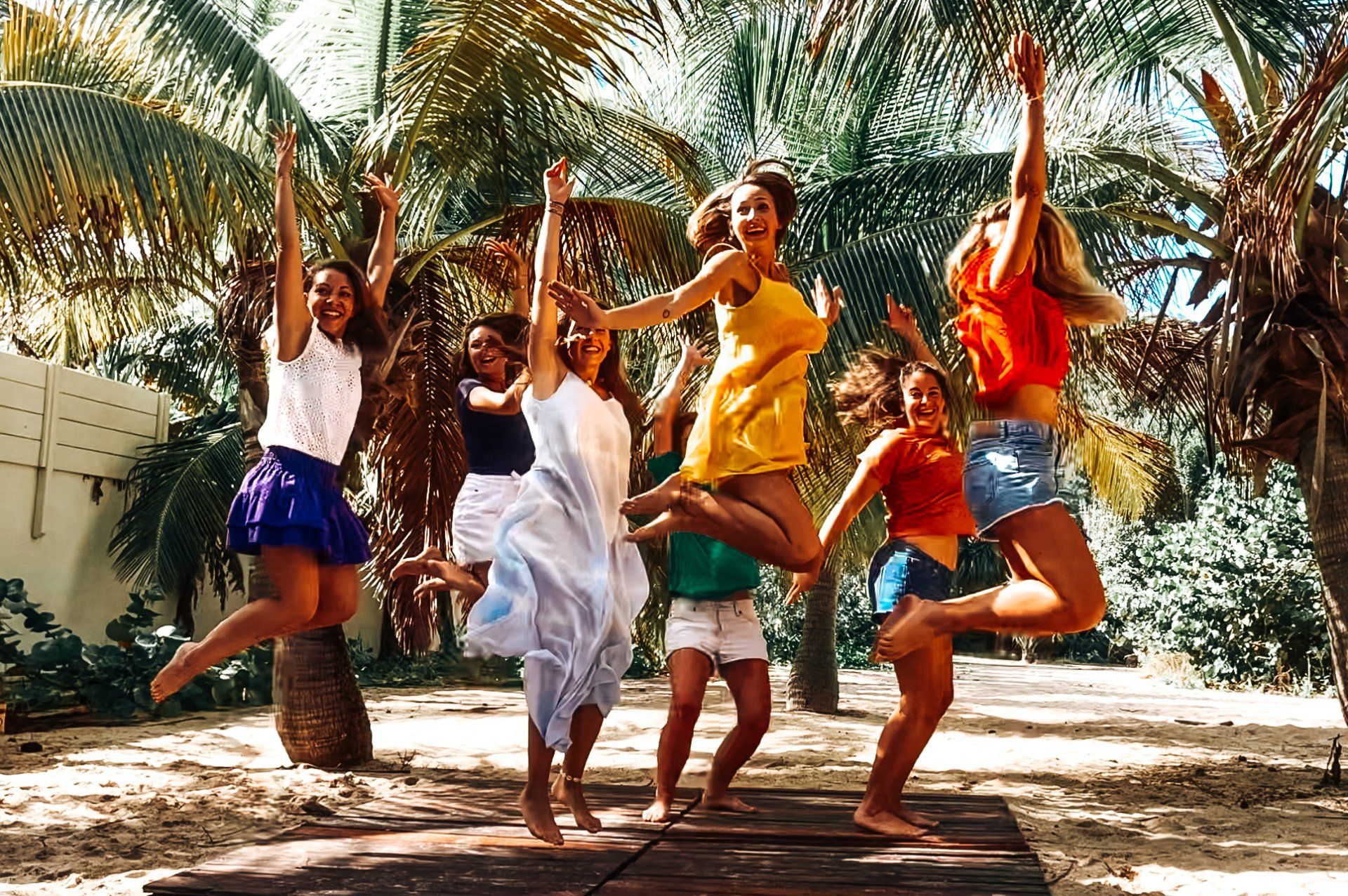🧘♂️ Assert Your Presence as a Teacher!
🧘♂️ Assert Your Presence as a Teacher!
🌟 Why Is an Instructor’s Presence Essential?
A great yoga or movement teacher is not just someone who demonstrates postures or corrects alignments.
Their presenceis what inspires, motivates, and creates a safe and supportive space for students.
Posture, voice, communication, and energy are fundamental elements that build an authentic and engaging teaching presence.
A strong and compassionate presence helps students feel at ease, motivated, and confident. When a teacher fully embodies their role, they become a source of inspiration, encouraging students to explore their potential with assurance. By understanding how to effectively use their body, voice, and energy, they can create an enriching environment that fosters student progress.
In this article, we explore how to refine these aspects to embody your role as a teacher fully and offer an enriching experience for your students.
🧍♂️
1. Work on Posture and Body Language
🧘 Your body speaks before you even say a word. Your posture reflects your confidence, openness, and connection to the present moment. A balanced and grounded posture conveys stability and reassurance.
Key elements of an engaging posture:
- Grounded stance: Stand with feet firmly rooted, shoulders relaxed, and spine aligned to project calmness and confidence.
- Fluid and natural gestures: Avoid abrupt or excessive movements that may distract students. Controlled gestures add clarity to your explanations.
- Eye contact for connection: Maintaining eye contact builds trust and strengthens the student-teacher bond.
- Energetic grounding: Awareness of your center of gravity and breath helps radiate a calming and inspiring energy.
✍️ Exercise: Practice in front of a mirror or record yourself to observe your posture and identify areas for improvement.
🎙️ 2. Cultivate a Steady and Engaging Voice
🗣️ Your voice is a powerful tool to guide, motivate, and soothe your students. A well-modulated and expressive voice captures attention and makes instructions easier to follow.
How to optimize your voice for captivating teaching?
- Clear and warm tone: A steady, warm voice fosters trust and active listening.
- Controlled pacing: Speaking too fast may make instructions hard to follow, while speaking too slowly can reduce the class’s energy.
- Precise articulation: A clear and precise diction improves understanding and avoids confusion.
- Expressive modulation: Varying tone and rhythm keeps students engaged and adjusts the energy of the session accordingly.
🎤 Exercise: Record yourself giving instructions, then listen to identify areas for improvement.
💡
3. Develop Positive and Inspiring Communication
💬 The words you choose significantly impact student motivation and confidence. Effective communication fosters engagement and ensures a supportive learning atmosphere.
Strategies for effective communication:
- Use positive reinforcement: Phrases like “You're making great progress” or “Feel your breath” boost confidence and engagement.
- Avoid negative instructions: Instead of “Don’t hunch your back”, say “Try keeping your back straight”. Positive reformulation encourages motivation.
- Encourage open dialogue: Allowing students to share their experiences and ask questions enhances their understanding and integration of the practice.
- Practice empathy: Tailor your speech to different levels and needs, ensuring an inclusive and enriching experience.
📝 Exercise: Take note of phrases you use in class and rephrase them in a more positive and encouraging way.
✨ 4. Radiate Authentic and Inspiring Energy
✨ Your energy is contagious. If you're stressed, your students will feel it. If you're relaxed and present, they will be too. Your authenticity directly influences the quality of your teaching.
How to cultivate a balanced and inspiring energy?
- Be fully present: Let go of distractions and embody your role fully to create an immersive experience.
- Practice emotional self-regulation: Breathing and meditation techniques help maintain a calm and centered presence.
- Adjust class dynamics: Observe the group’s energy and adapt your attitude to sustain a motivating and supportive environment.
- Prioritize self-care: A physically and mentally balanced teacher has a more positive impact on their students.
🌟 Exercise: Before each class, take a few deep breaths, smile, and set a positive intention for your session.
🎯 Conclusion: Fully Embody Your Role as a Teacher
An authentic teacher does not just transmit knowledge; they embody their teachings through posture, voice, communication, and energy.
By refining these elements, you create a learning environment where students feel safe, inspired, and motivated to progress. You become a true source of inspiration, fostering meaningful growth in your students.
🌿 Ready to refine your teaching presence? Apply these tips in your next session!
🔗 Explore our training programs to develop your teaching skills at www.yogadanse.eu
Namaste 🪷






